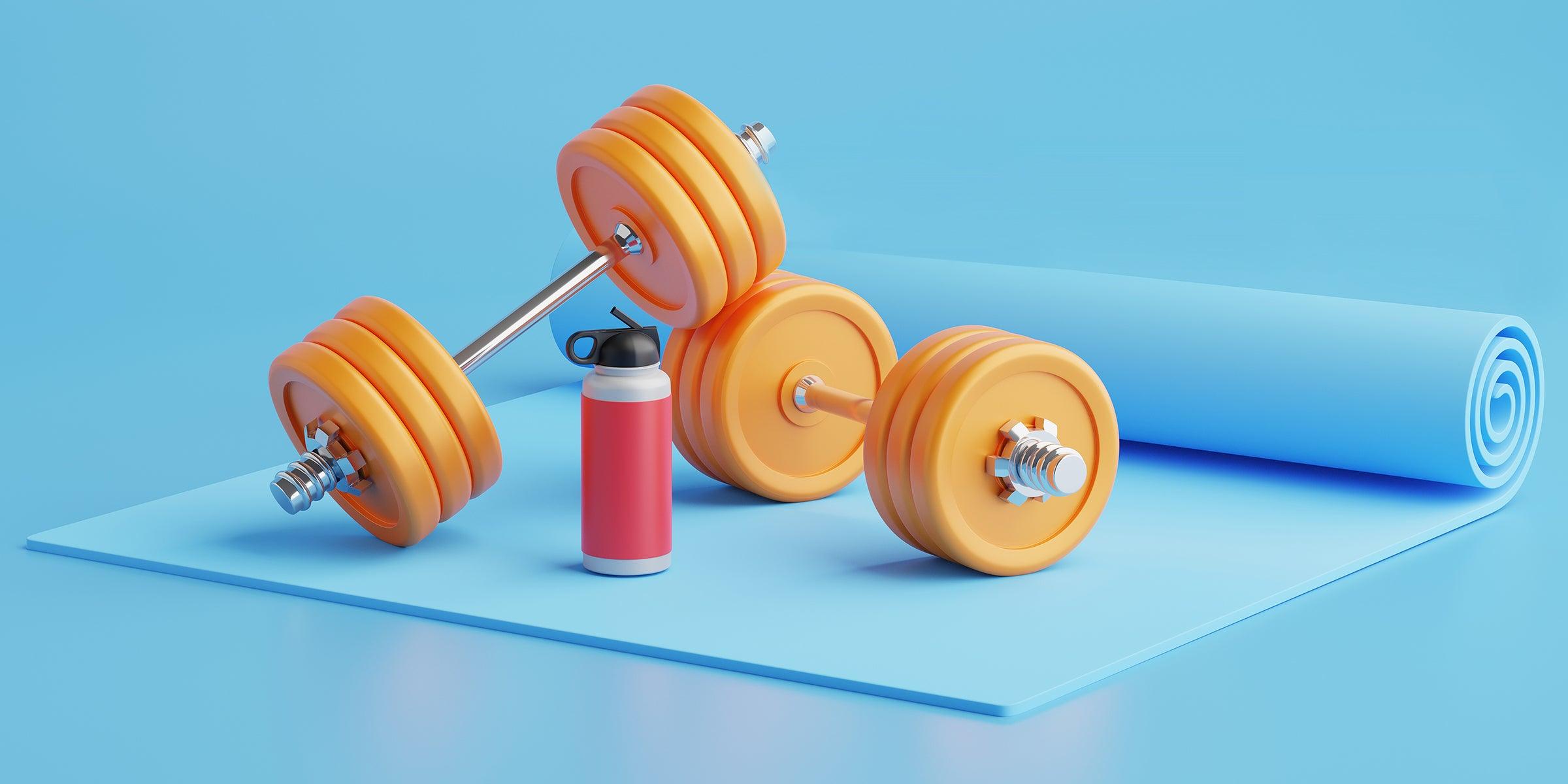
What material is best for activewear?
First and foremost, whenever we set a standard of anything, we need to consult lots of factors. In terms of activewear, five qualities will be the most important ones when selecting the material winners.
Sweat-wicking and Breathability
When your body is in motion, you tend to sweat a lot, especially when you’re running and doing other aerobics. Choosing a material that is breathable and moisture-wicking helps to ensure you remain as cool, dry, and comfortable as possible throughout your activity or workout session. The absorbency and wicking properties of sweat resistant material used for activewear play an indispensable role in providing a good workout experience. These characteristics of certain sports fabrics make it easy for you to carry on with your exercise without worrying about perspiration. Breathable material allows air to effortlessly flow in and out and helps dry out sweaty workout clothes. This is especially important for reducing the growth of bacteria on your activewear.
Durability
Whether it’s sportswear for cycling, running, swimming, hiking, aerobics, tennis or any other sport, the clothes you choose should ideally be long-wearing to ensure you maximize their use. For physically demanding sports, wearing durable activewear is essential for protection. As always, color-fasting is an essential factors during the evaluation process of durability. One will not want a colored leggings which fade too much and lost its original attractive colors.
Thermal Insulation
Activewear made from fabrics that are considered to have good thermal conductivity make poor insulators, so they would be cooler to wear. These are ideal for use in certain sports where strenuous movements warm up the body and can lead to profuse sweating. Conversely, fabrics that trap more still air will keep you warmer – which is ideal for winter sports like skiing and ice skating.
Degree of comfort
Comfort is important while you’re working out. It’s no fun feeling like your shorts are falling down in your cardio class or your yoga leggings are pinching your skin while you’re in your favorite yoga pose. A good pair of lycra yoga leggings will be made of the right materials to ensure you can stay comfortable throughout the duration of your workout session.

Mobility and flexibility
Chances are you’re going to be moving around quite a bit. It’s important that your activewear allows you to move and stretch as you please without limiting your range of motion. Similarly, good activewear should be stretchy enough that it doesn’t constrict or compress you in any way. For example, wearing an overly tight sports bra may interfere with healthy breathing while working out. A high-quality sports bra would offer good support while still being flexible enough for you to breathe and move freely.
Material Galleries
Mesh
Mesh is a synthetic fabric that’s comfortable, cool, lightweight and breathable. It is usually made into lining material for sportswear, including athletic jerseys and workout apparel.

Cotton
A great material for activewear because it is breathable, light, and airy. This natural material is often blended with synthetic fibers in activewear but can be worn on its own. Clothing made from 100% cotton is great for outdoor activities where you could use some extra breathability. Women’s cotton shirts can also be worn during yoga classes or other activities where you don’t expect to sweat too much. Although cotton has its advantages, it holds moisture, making it less than ideal if you’re expecting to sweat a lot. On the other hand, cotton doesn’t hold sweat smells the way synthetic fibers do, so even if your soaked shirt takes a bit longer to dry, it won’t stink.
• Pros: Light and breathable, great for daily wear even for warm weather; washes very well and doesn’t hold on to odours
• Cons: Extremely absorbent, so it can get heavy and damp
Nylon
A strong and durable synthetic material that is extremely popular in activewear. While it is not as moisture-wicking as polyester, nylon is super stretchy and still provides some moisture-wicking capabilities, making it the main ingredient in activewear. Nylon’s stretch recovery is part of what makes it so popular for activewear.
• Pros: Very soft, durable, resistant to mildew and mould, stretchable, moisture-wicking and quick-drying
• Cons: Does not absorb dye easily, so it poses challenges to digital printing – but this is more of a manufacturing challenge as doesn’t really affect wearers
Econyl
Also known as recycled or repurposed nylon, econyl is usually blended with other fabrics in making form-fitting apparel, yoga pants, swimsuits, sportswear, sweatpants, etc.
Spandex
Also known as Lycra® and elastane, Spandex is found in many skin-fitted clothes, including skinny jeans and leggings, because of its superelastic qualities. With its rubber-band ability and heat resistance, spandex is also found in many kinds of activewear because of its capacity to expand and recover back to its original shape. Plus, it wicks moisture away and remains relatively breathable providing the wearer with ease of movement and comfort. Spandex also dries quickly, making it a great choice for hot and sweaty workout sessions.
• Pros: Super stretchable and flexible as it can expand to almost 600% of its size; wrinkle- and shrink-proof, and has a decent level of breathability, somewhat moisture-wicking and quick-drying
• Cons: Avoid ironing or tossing in the dryer too often as it can lose its stretch
Polyester
Durable, lightweight, and breathable, Polyester is a common material used in activewear. Many running jackets, sweatpants, and activewear shirts are made from polyester blends. Polyester tends to be fast-drying, making it an ideal material for high-intensity workouts.
• Pros: Durable, lightweight, breathable, non-absorbent and wrinkle-resistant; provides good insulation and repels UV rays
• Cons: Allows stink-causing bacteria and fungi to thrive, so it smells and holds on to odours
Bamboo
A natural fiber often used in activewear. Lightweight, soft, sustainable, breathable, and moisture-wicking, this plant-based material is a favorite in the activewear world. Bamboo can even be UV protective, making it appropriate for outdoor activity enthusiasts. Many garments are made from bamboo fibers, including activewear. You’re likely to find bamboo in yoga clothes, women’s yoga pants, activewear tops, and sweatpants. It is especially popular with those who prefer to live a more eco-conscious lifestyle because bamboo is biodegradable and natural on the skin.
Wool
A common co-material in activewear that is designed to be worn outside. Expect to find wool in thermals, long underwear, or other base-layer outdoor activewear garments. Insulating, moisture-wicking, and breathable, wool is great for fall and winter sports.



Leave a comment
This site is protected by hCaptcha and the hCaptcha Privacy Policy and Terms of Service apply.